In 2024, the country's durian output will reach over 1.2 million tons, with export turnover reaching 3.3 billion USD, of which the Chinese market accounts for over 90% of output - a figure that shows the industry's stature and dependence on this market.
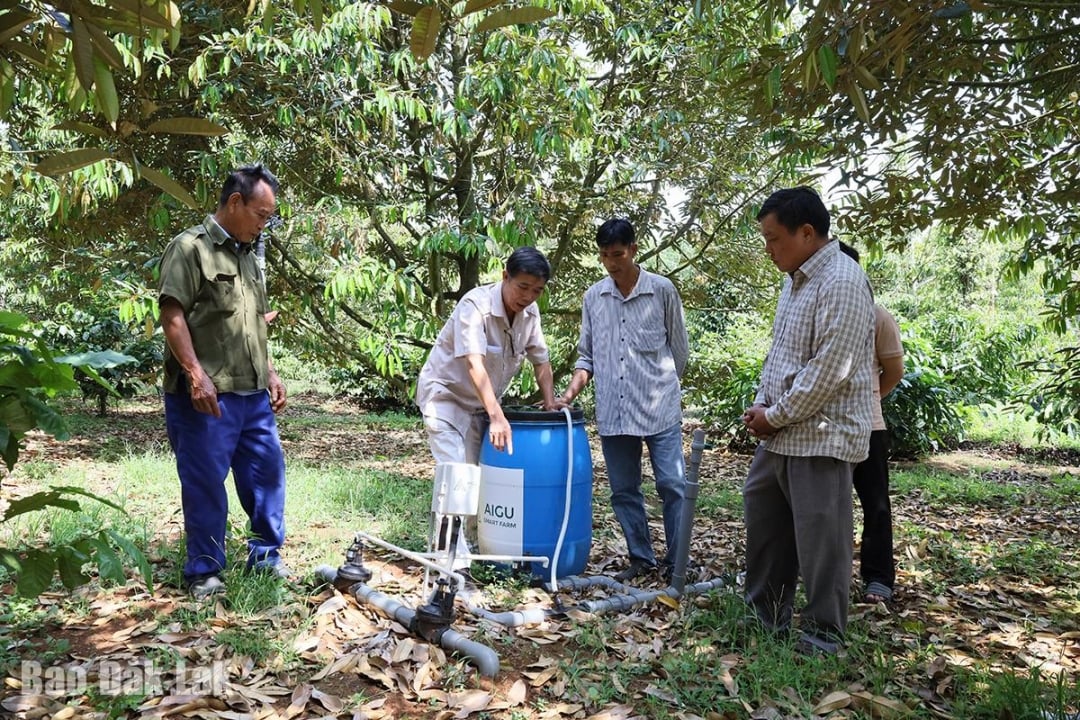 |
| Many durian growers have begun applying digital technology to garden care. |
However, the Chinese market, which is a large "piece of cake" with huge consumption, has now become the most difficult "test" for Vietnamese durian when in the first months of 2025, Vietnam's durian export turnover has seriously decreased compared to the same period in 2024. Specifically, in the first 4 months of 2025, Vietnam exported about 35,000 tons, with a turnover of about 120 - 130 million USD, only 20% of the set plan. The consequences not only affected the overall target of the whole industry but also pulled down the domestic durian price, down more than 50% compared to the same period last year.
The main reason is that the Chinese import market applies stricter control measures on food quality and safety. New regulations on checking for cadmium residues and yellow O in imported durian were issued immediately after these substances were discovered in some shipments (firstly Thai durian) and created a major barrier, making it difficult for Vietnamese durian to clear customs. Meanwhile, domestic management is still limited due to the lack of legal basis, processes, procedures and measures to manage and handle violations of growing area codes, traceability, etc. to serve the management of exported durian quality.
According to Mr. Vu Quang Phuc, Director of Trung Bao Tin Group Joint Stock Company ( Lam Dong province), the fact that China applies strict control and requires all shipments to have test results of these indicators at recognized laboratories makes export activities more complicated, costly and potentially risky. Exporting enterprises must be much more careful in purchasing and preserving, only daring to choose shipments with clear origins and the ability to meet high standards...
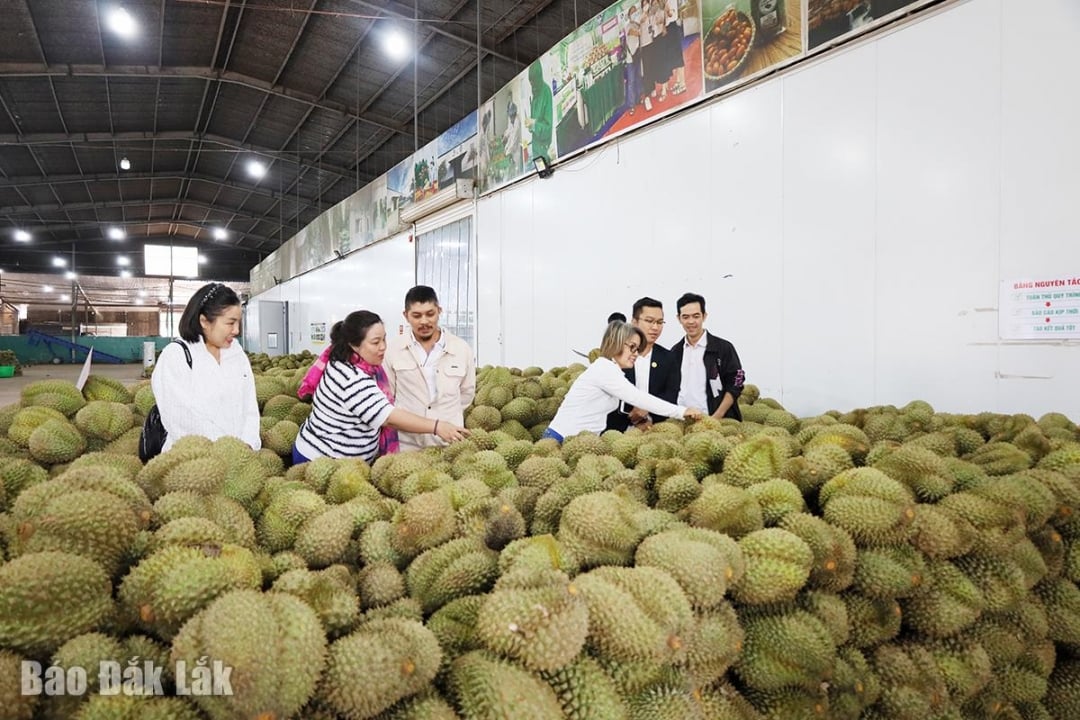 |
| Many durian exporting enterprises in Dak Lak want the support of specialized agencies in analyzing cadmium and yellow O residues on durian. |
For Dak Lak, the province with the largest area and output of durian in the country, this pressure is even more evident when the harvest season is only about two months away. The upcoming crop season, the problem is not only productivity or price, but also how to ensure that each durian fruit when leaving the garden is truly safe, does not contain toxic substances exceeding the permitted threshold in order to clear customs smoothly. Pressure from the market forces the entire industry chain to change strongly and act promptly before the upcoming harvest.
Dak Lak currently has nearly 37,400 hectares of durian, with an expected output of over 387,000 tons in 2025. However, the area codes and packaging facility codes that meet export standards are still very low, with 68 growing area codes, an area of over 2,521 hectares and 23 packaging facilities. Dak Lak's durian production area is still fragmented, small-scale and dispersed, while the connection between producers and enterprises, cooperatives and cooperative groups is not tight and sustainable. Some households in the growing area have not complied with processes such as: production processes, pest control processes and durian harvesting techniques; overuse of pesticides, fertilizers... leading to recent warnings of violations of plant quarantine and food safety for some exported durian shipments, especially warnings about cadmium.
The Ministry of Agriculture and Environment has proposed urgent solutions to address the current "hot" issues in durian exports. Specifically: The Ministry will work with the General Administration of Customs of China (GACC) to propose that GACC soon have a plan to inspect and approve codes for growing areas, packaging facilities, testing and quality control laboratories that Vietnam has submitted documents and proposed; consider re-issuing licenses for growing areas and packaging facilities that have violated regulations but have been corrected and are qualified. In addition, review and standardize technical processes from cultivation, harvesting to preliminary processing, packaging, export, etc.; complete the legal framework for durian product quality management; promptly develop and promulgate circulars regulating the process and procedures for granting codes for growing areas and durian packaging facilities. |
From the reality of production and strict requirements from the market, it is required that the Dak Lak durian industry urgently come up with solutions before entering the harvest season, avoiding the situation of product congestion like the current situation in the Western and Eastern provinces.
Mr. Vu Duc Con, Chairman of the Dak Lak Durian Association, said that the Association has "joined hands" with the Western Highlands Agricultural and Forestry Science Institute (WASI) to build a long-term cooperation program.
In the immediate future, sampling will be organized to assess the situation of cadmium and yellow O contamination throughout the province, as well as find out the origin and cause of the residue of banned substances in the product in order to have appropriate solutions.
In the long term, a set of basic standards for Dak Lak will be developed to proactively control the quality of durian products. At the same time, it will organize control and guidance for growing areas and packaging facilities to perform specific tasks...
According to Dr. Phan Viet Ha, Deputy Director of the Central Highlands Agricultural and Forestry Science and Technology Institute, durian is one of the crops that is growing very strongly in Dak Lak and brings very high economic value. However, we have not really mastered the technical and quality standards issues and there is still a lot to do, especially solving the current "hot" issues of cadmium and yellow O. The production of "clean" durian requires a synchronous process, based on scientific knowledge and supported by modern technology.
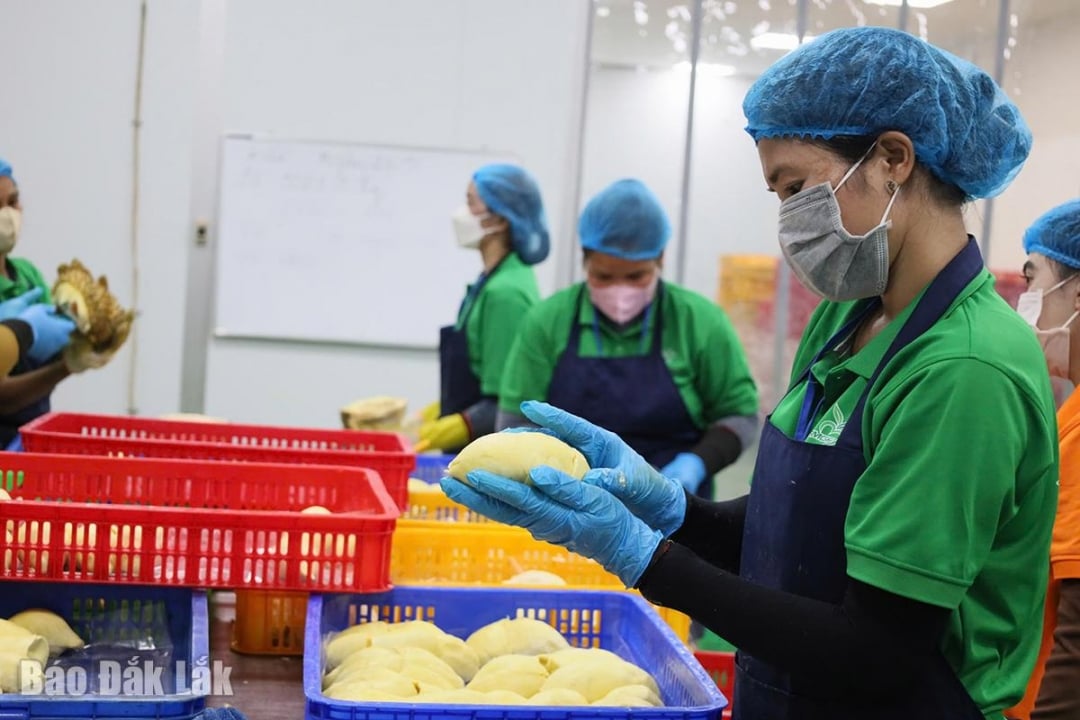 |
| Exporting frozen durian segments is one of the long-term solutions for export enterprises. |
Based on the above reality, WASI will coordinate with the Dak Lak Durian Association to find solutions to the existing “hot” problems in the durian industry. And with a longer-term vision, WASI hopes to build a set of technical standards from cultivation to export in many different ecological zones to aim for the ultimate goal of sustainable development and having products of uniform quality, ensuring the technical requirements of importers. WASI will also transfer sustainable durian production techniques to farmers, contributing to the sustainable development of durian in the Central Highlands.
Source: https://baodaklak.vn/tin-noi-bat/202505/sau-rieng-dak-lak-chay-nuoc-rut-de-vuot-rao-can-cua-thi-truong-nhap-khau-6b91c99/


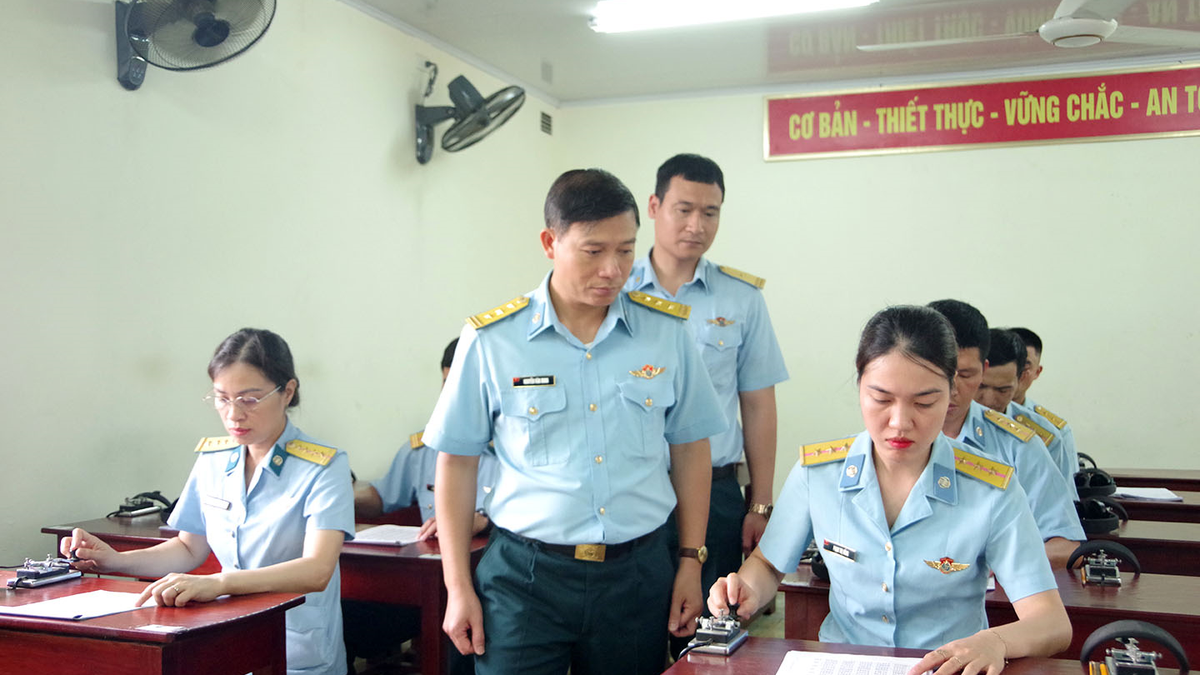
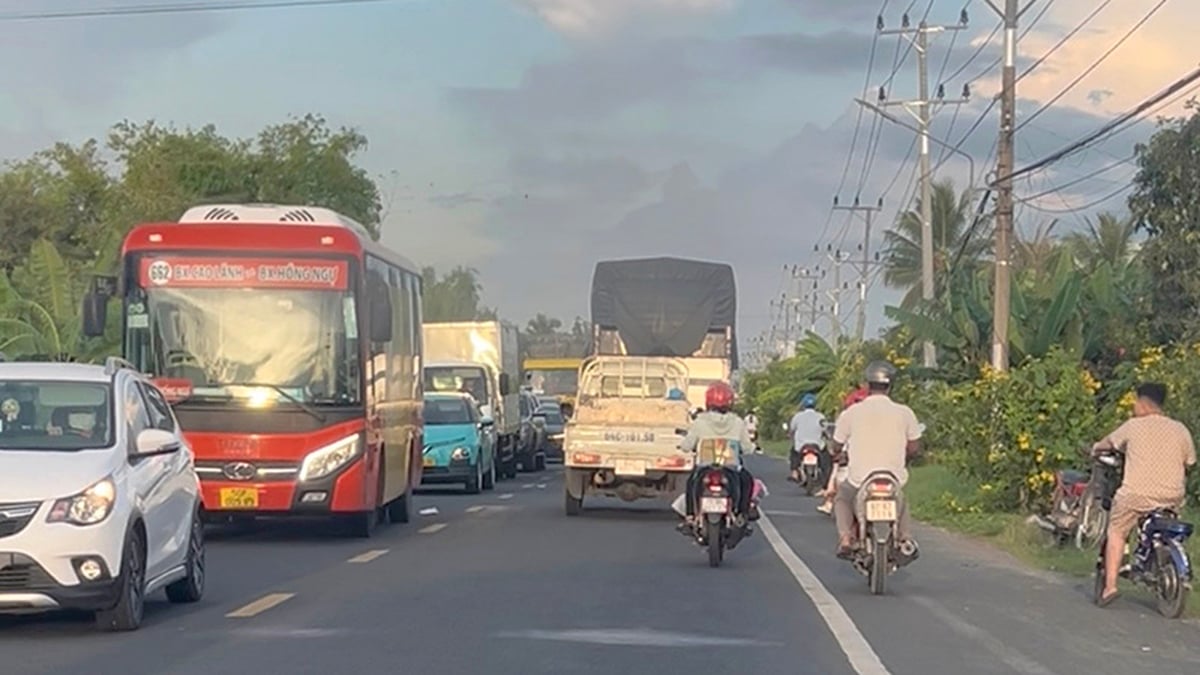
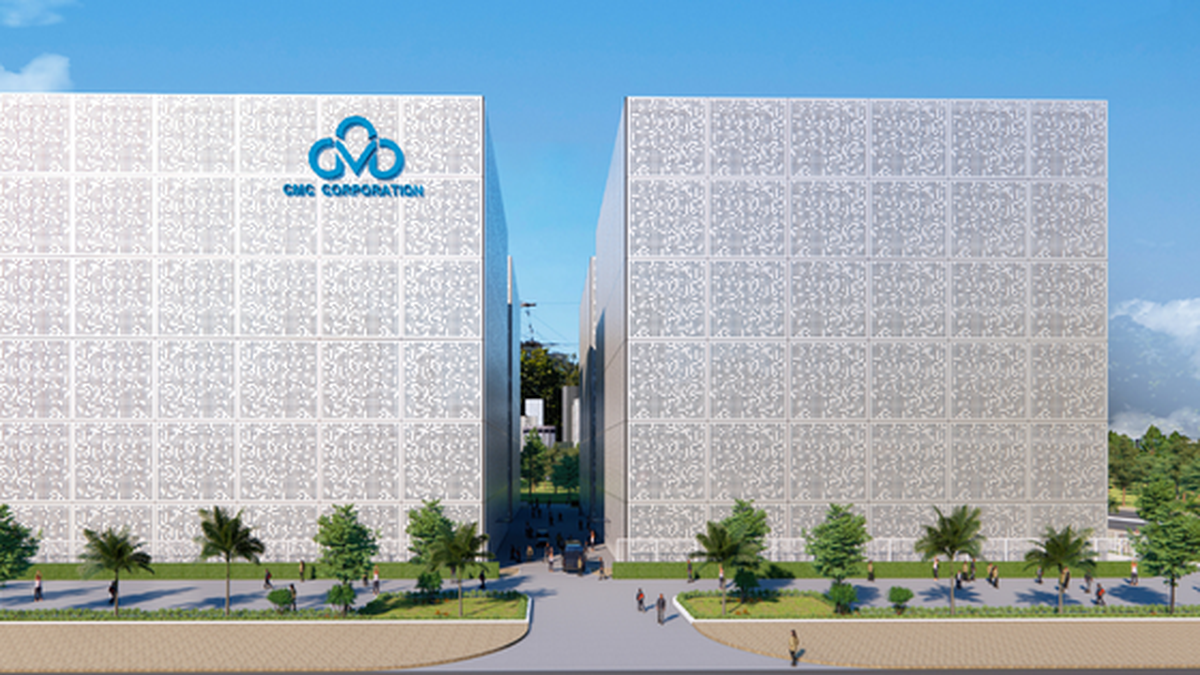
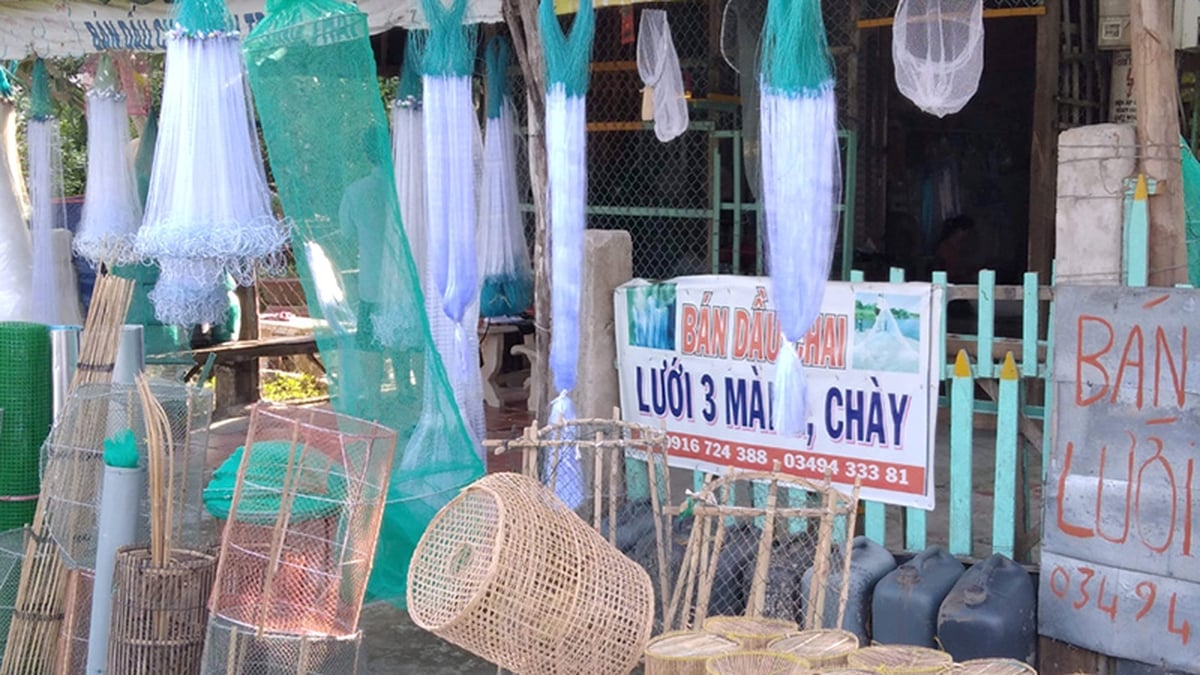



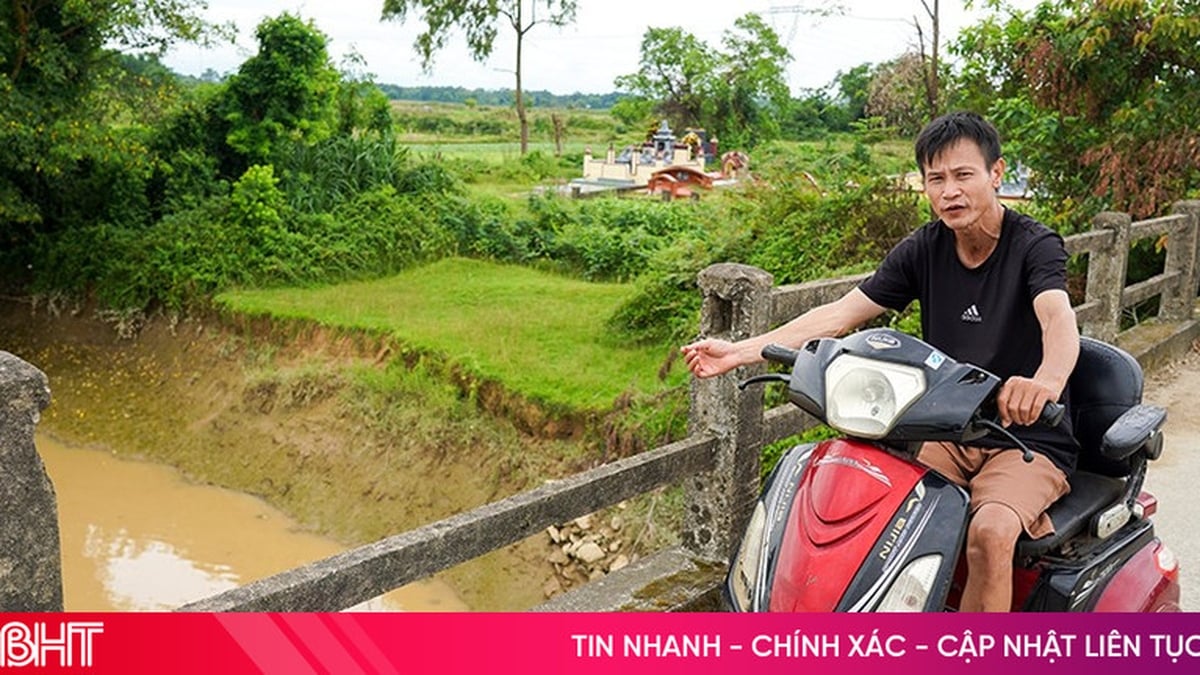
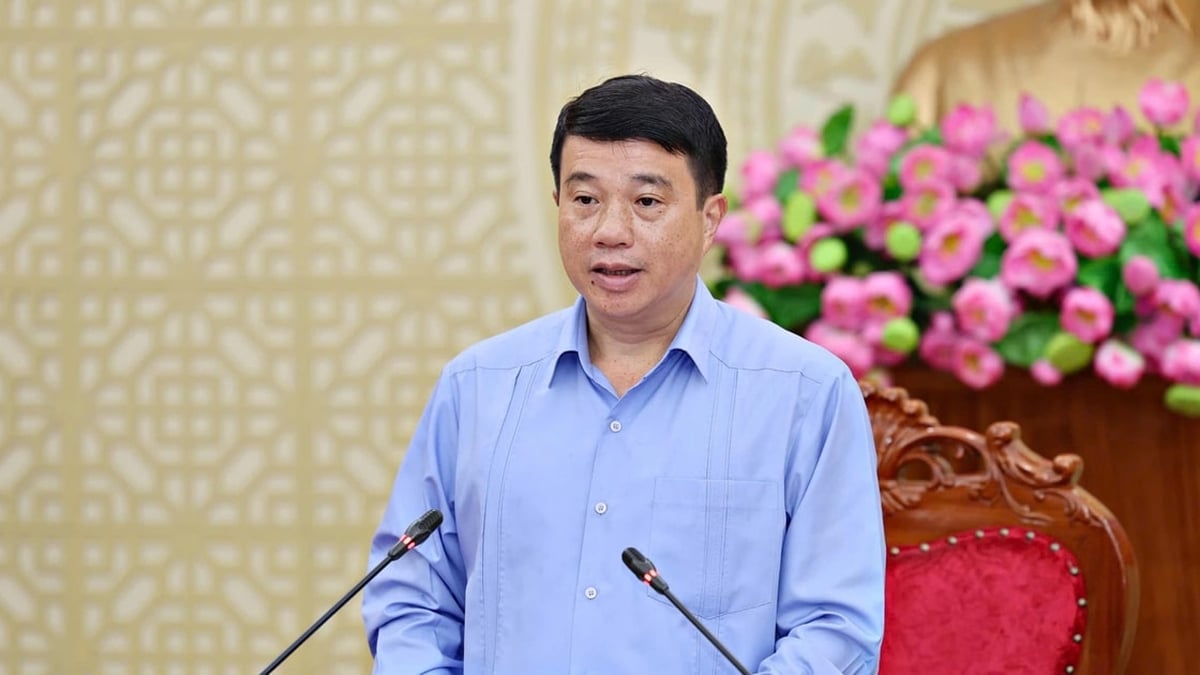










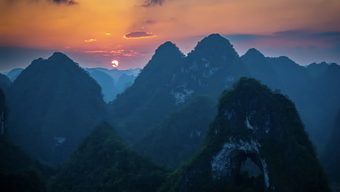



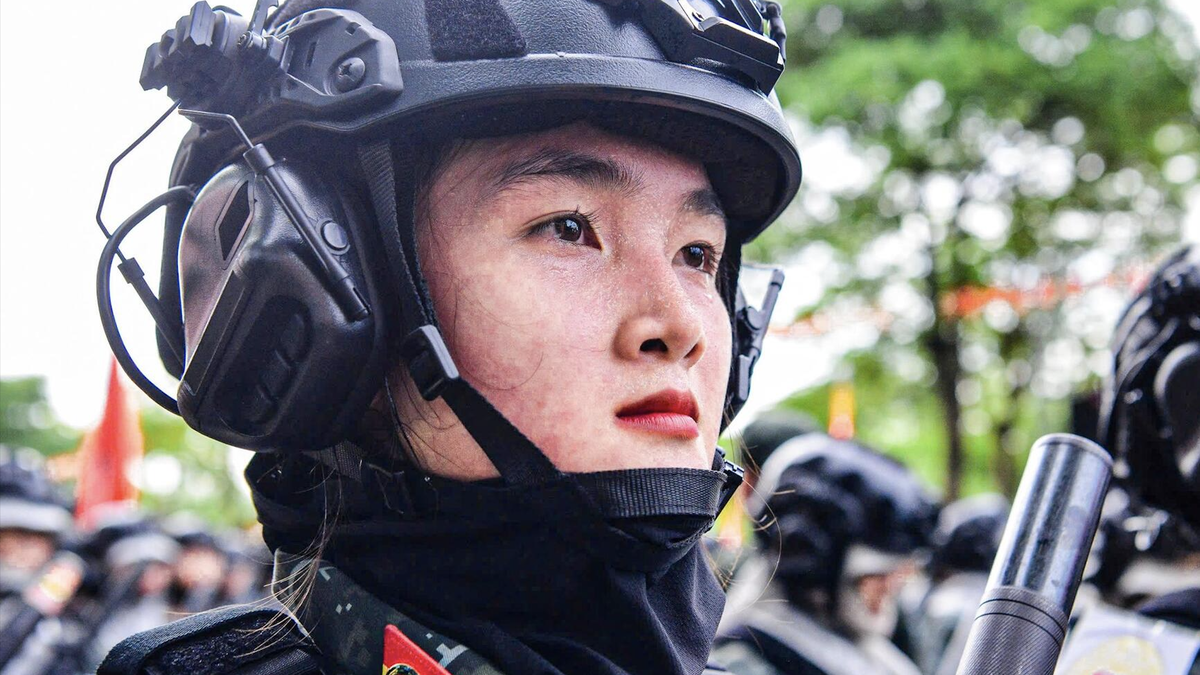

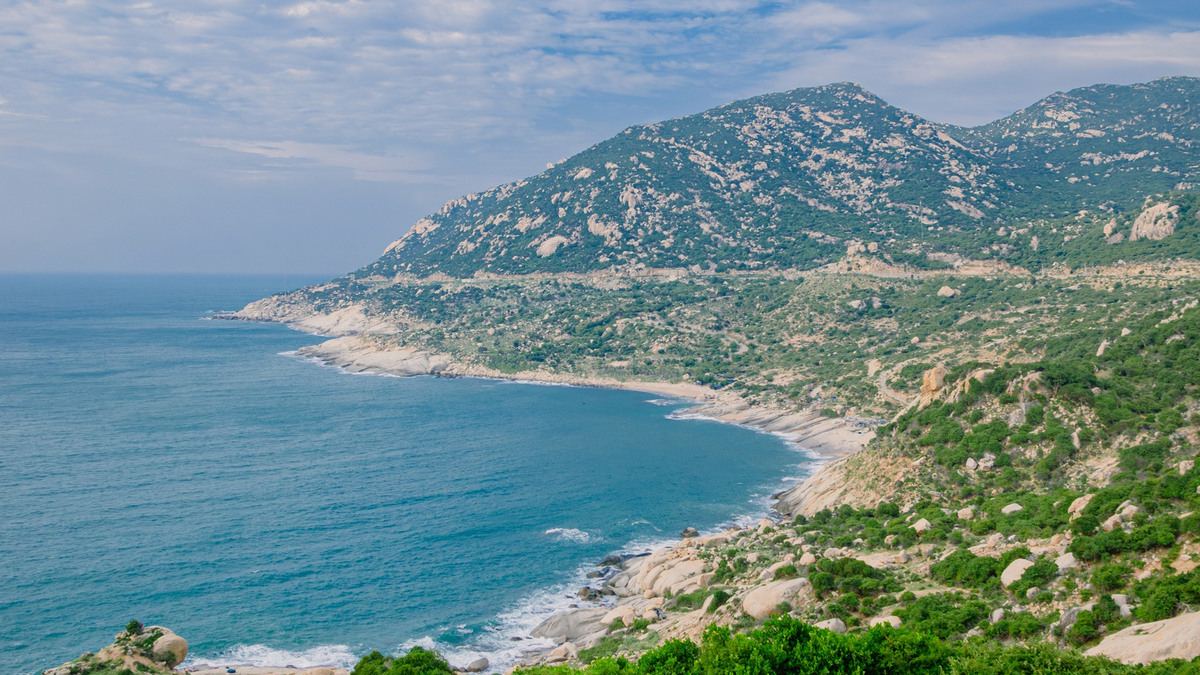
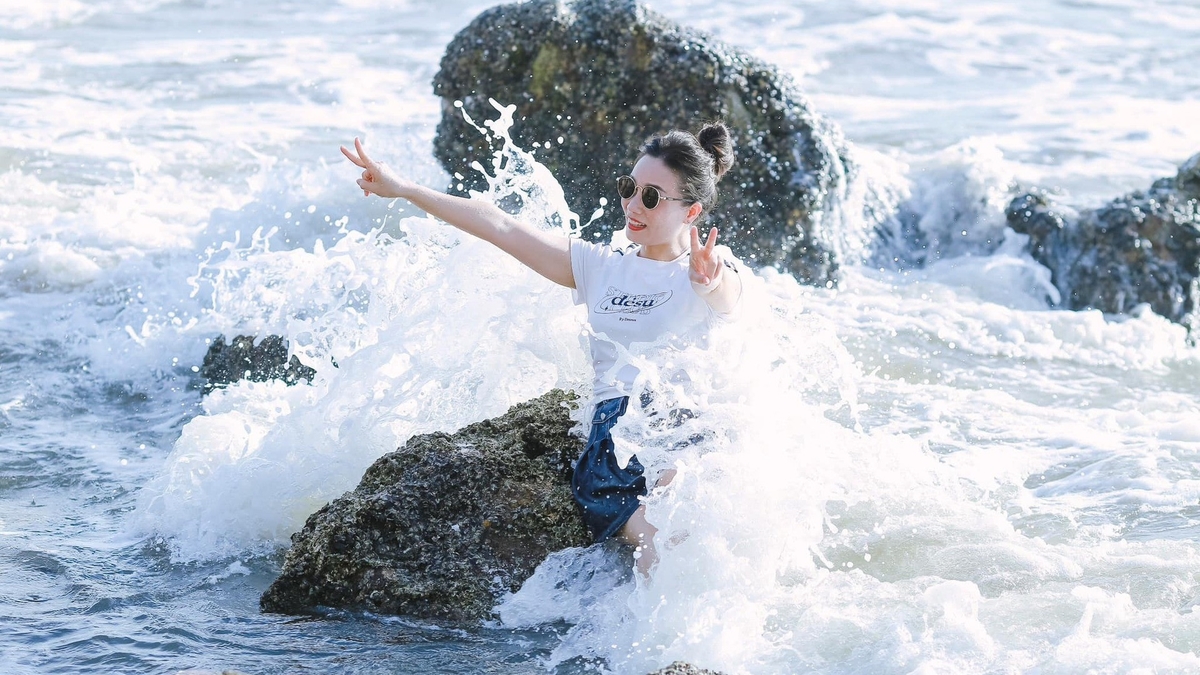
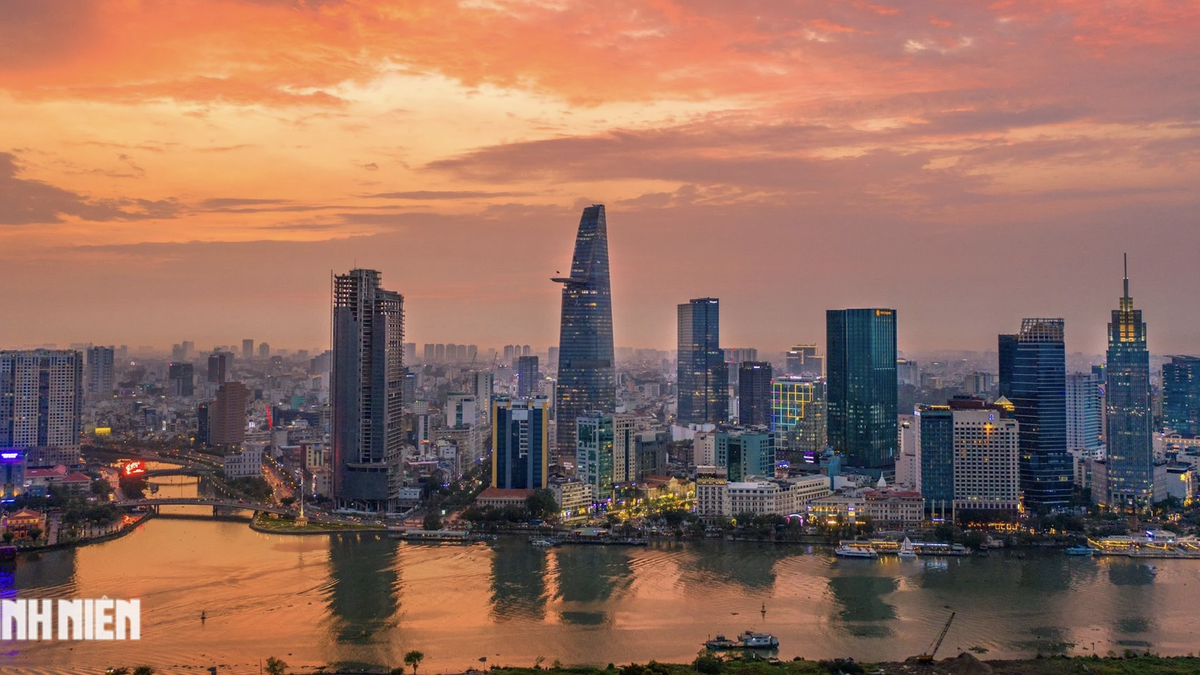
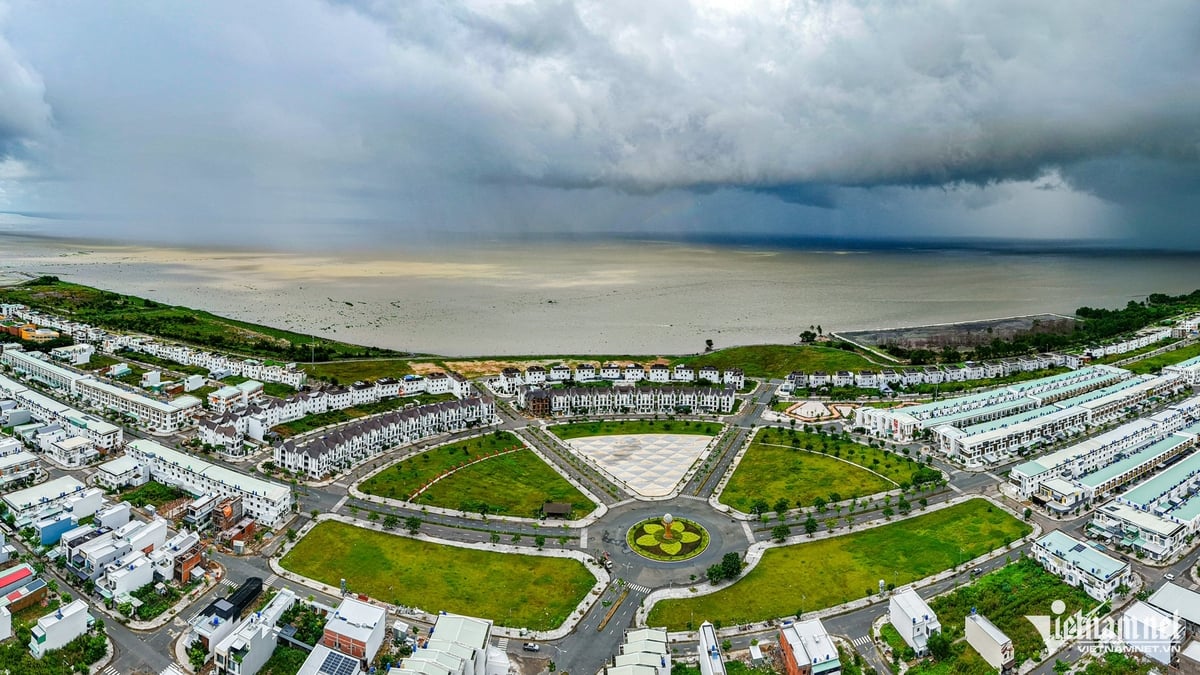





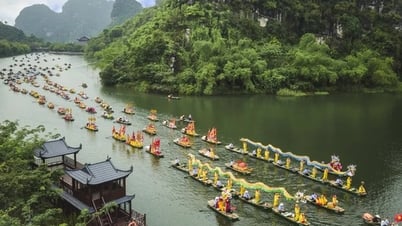

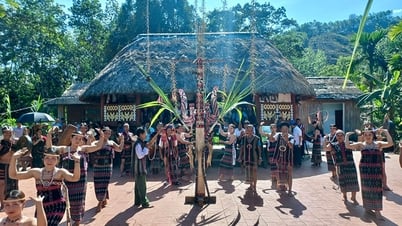



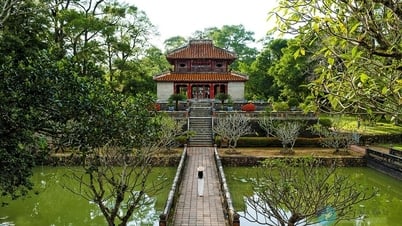

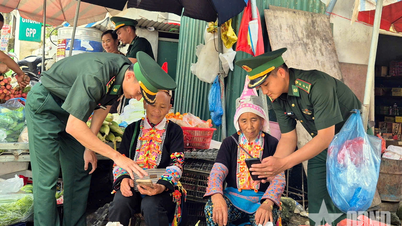

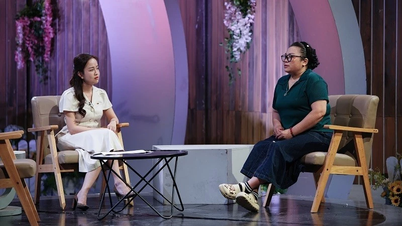



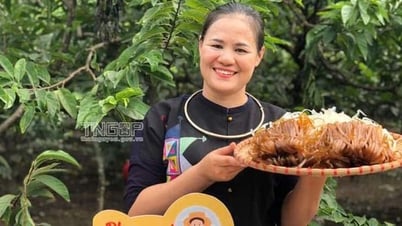



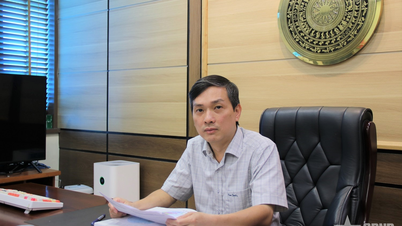


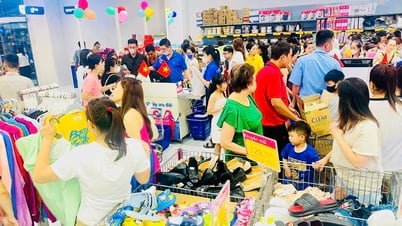

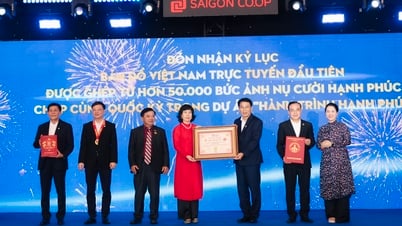
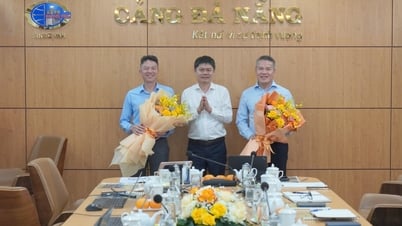






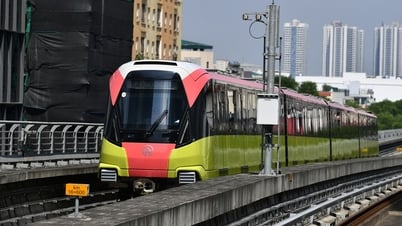
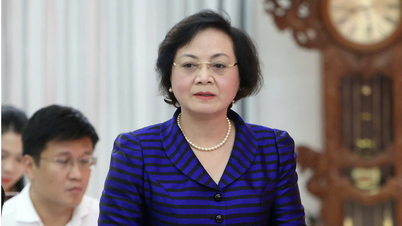
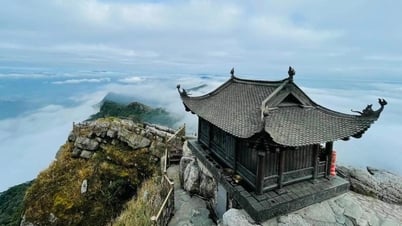
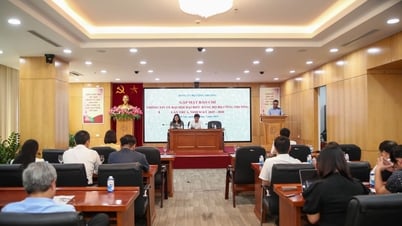




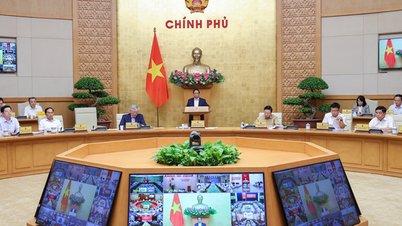









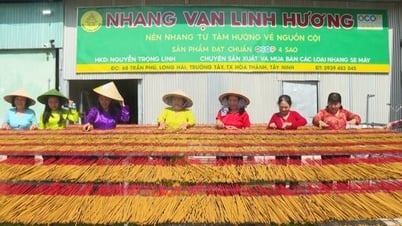

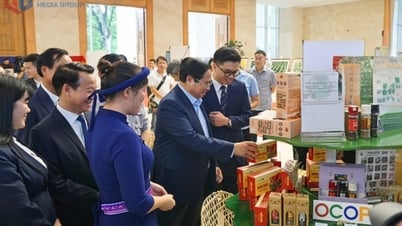

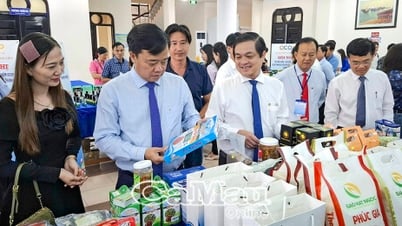



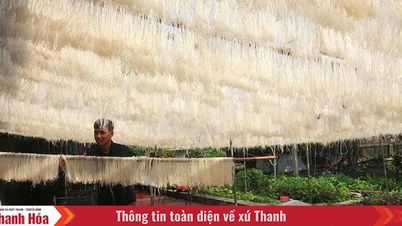

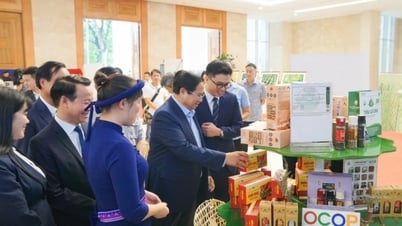

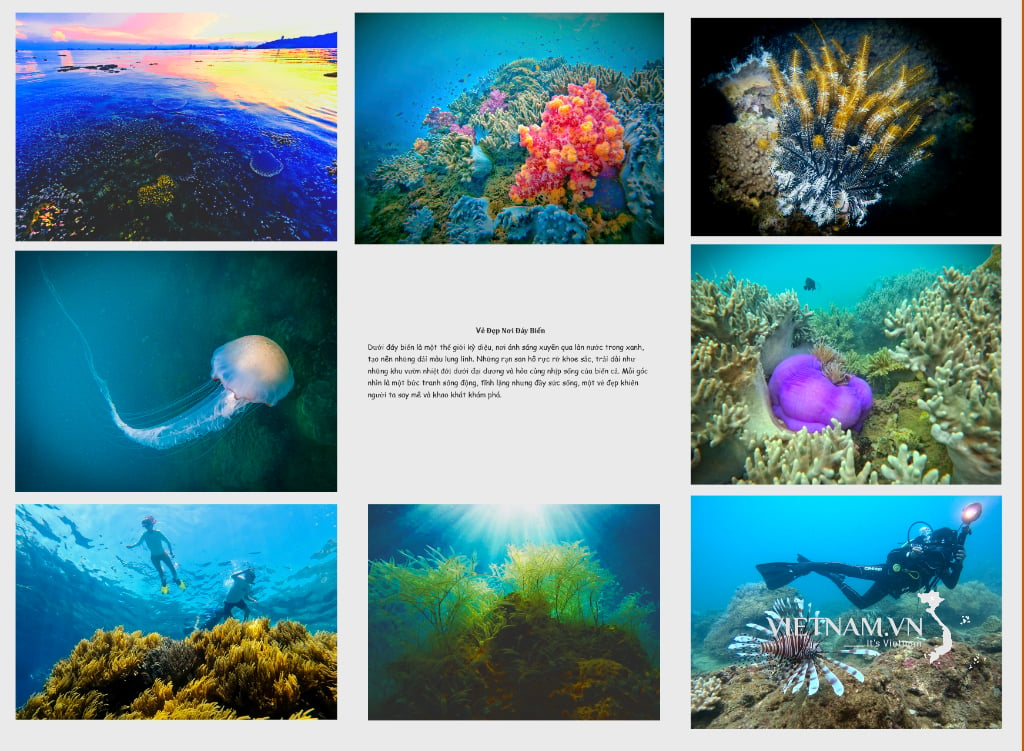
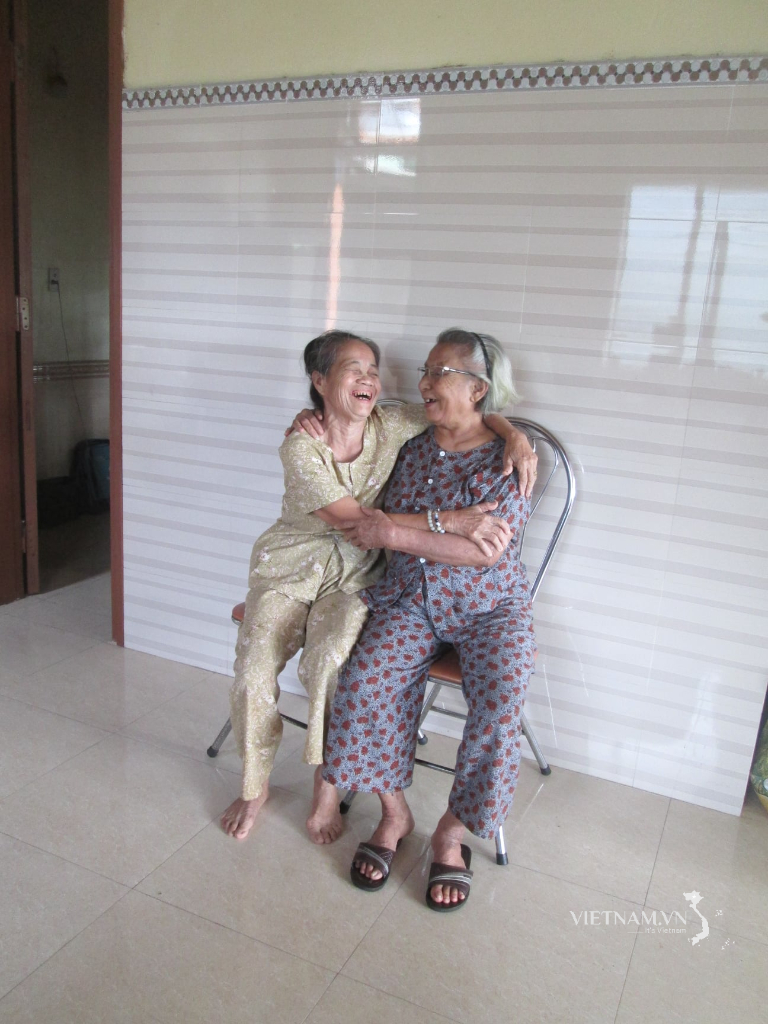


Comment (0)